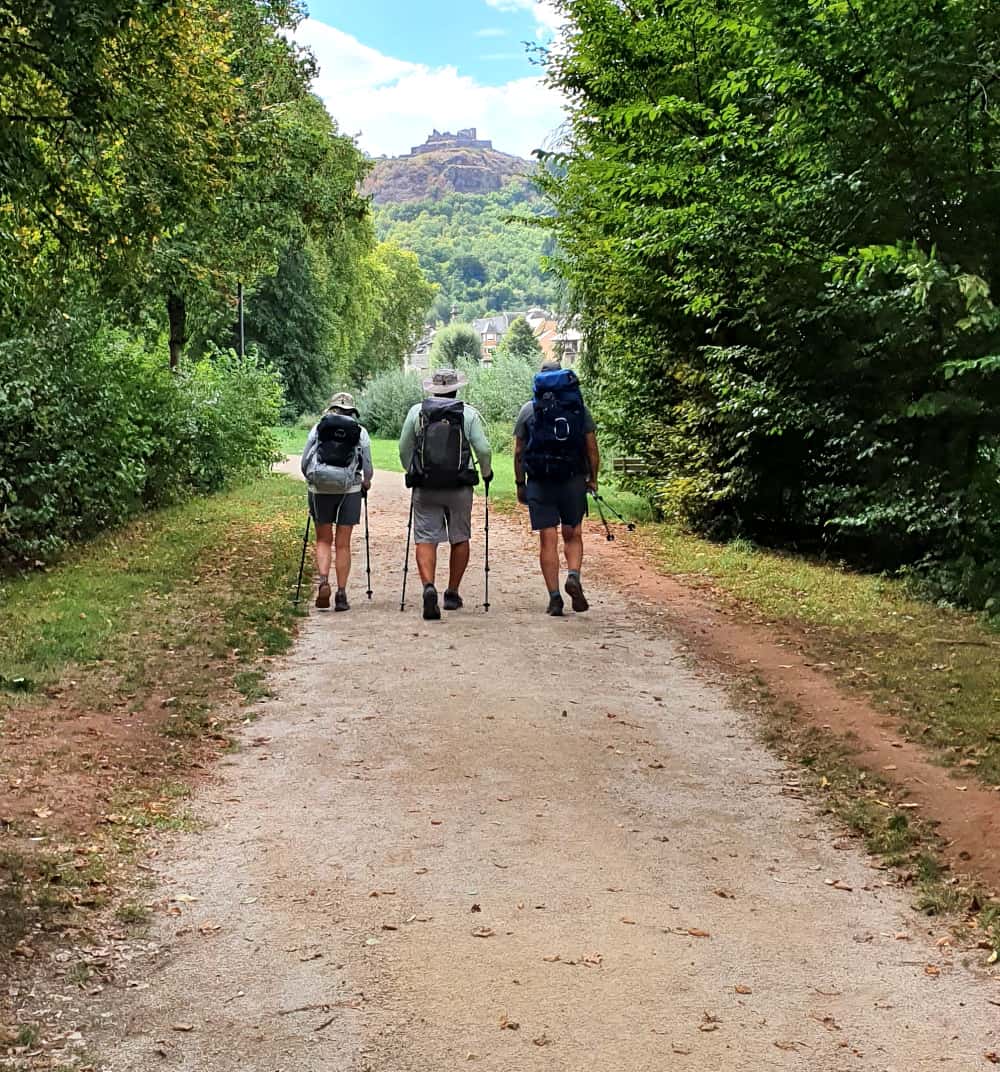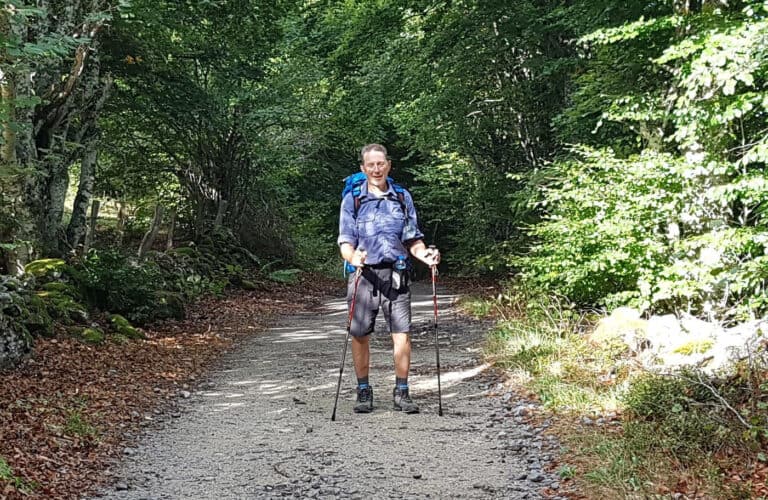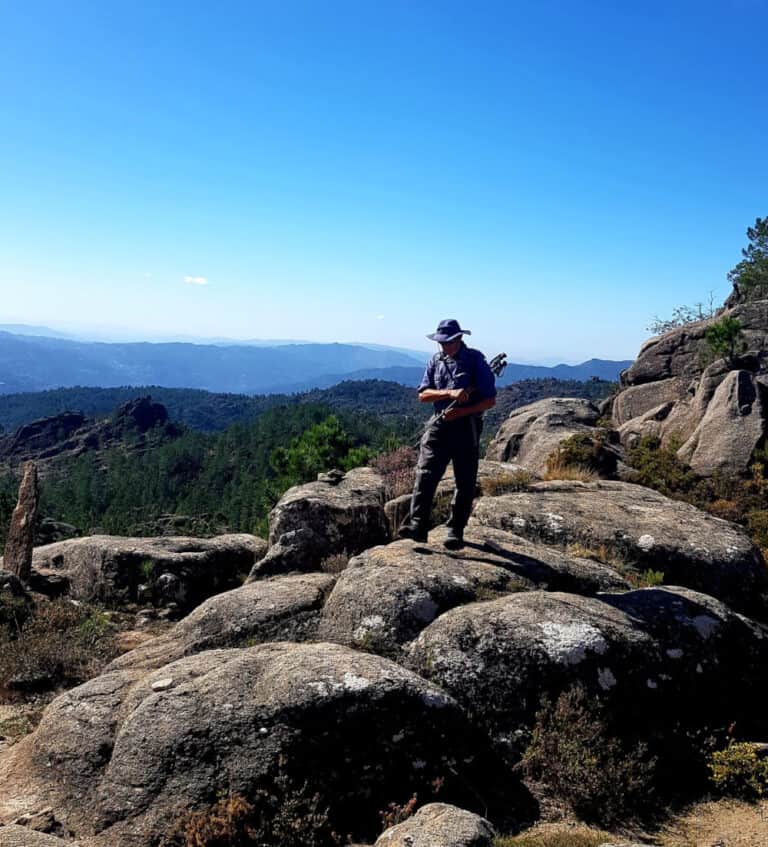Best Walking Poles For Seniors
Walking poles – They Help A Lot
Walking or trekking poles are not like a backpack or an outdoor jacket – simply put them on and off we go!
They could be considered as more an optional extension of our body, and thus augment our walking and hiking performance and enjoyment.
The main benefits of walking poles are improved balance and stability, and reduction of stress on hips, knees and ankles. It gets the arms and shoulders involved in the hiking! These are all factors that are especially important for hikers who have moved on past about mid-Generation X (born about 1972) and before. What some, in terms of stereotyping more so than hiking ability, might consider ‘senior’.
As of now, our own age group is even a couple of decades beyond that. But multi-day hikes of 20+km per day still no problem! We are avid walking pole users, and normally in the first few home, ready for an ice-cold beer, after a good hike. Walking poles make a big difference.
The views and choices presented here are based on more than 25 years’ hiking experience in world-class hiking locations across eight countries, both northern and southern hemispheres.
Our 1st Choice of Best Walking Poles for Seniors
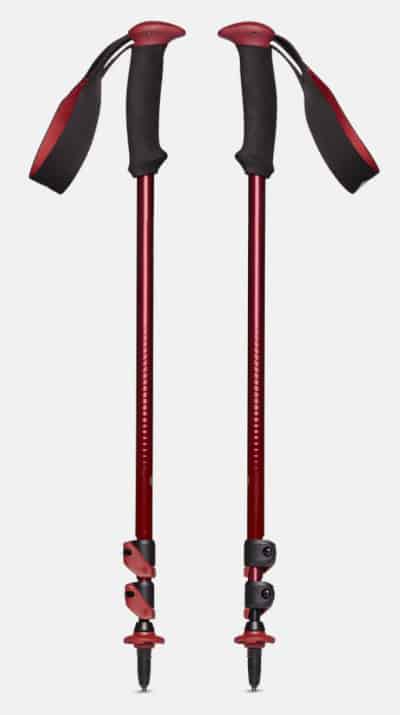
The Black Diamond Trail Back pair of walking poles are our top choice. These are highlighted, as well as their most important features, in the table below.
We’ve selected the Black Diamond Trail Backs poles as our 1st Choice from a range of sturdy, durable, well-proven middle-ground walking poles. These will meet the needs of the vast majority of hikers of any age, particularly people in their mature years. More on that and reviews in general later.
Walking Pole Choices List
Here’s our list, and they are all pairs:
| Model (All pairs) | Indicative Price | Lock Type | Weight | Grip | Collapsed Length | Link |
|---|---|---|---|---|---|---|
| REI Co-op Traverse Trekking Poles | US$109.95 | Lever | 540g 19oz | Cork +foam ext. | 558mm tele | here |
| Black Diamond Trail Back Trekking Poles | US$99.95 | Lever | 481g 17oz | EVA +foam ext. | 620mm tele | here |
| Leki Khumbu Lite Trekking Poles | US$119.95 | Lever | 493g 17.4oz | Cork | 670mm tele | here |
| Black Diamond Trail Trekking Poles | GB£95.00 | Lever | 486g 17.2oz | EVA +foam ext. | 635mm tele | here |
| Robens Coniston T7 Folding Trekking Poles | EU€69.00 | Lever | 520g 18.4oz | EVA | 370mm fold | here |
| Leki Makalu Lite Trekking Poles | EU€110.00 | Lever | 516g 18.2oz | Rubber +ext. | 670mm tele | here |
| Leki Voyager Trekking Poles | US$70.00 | Twist | 552g 19.5oz | Rubber | 650mm tele | here |
| Leki Legacy Lite Trekking Poles | US$100.00 | Lever | 510g 18oz | Evo-con | 700mm tele | here |
There are many nuances to the whole ‘best hiking poles’ space. But we’ll focus here on practical functionality rather than features that might suit more extreme requirements, or be more superficial or subjective.
Further down we’ll expand a little on which features provide meaningful benefits to hikers in our target age group.
The table above just provides indicative list prices, and vary a lot depending on the source. So always check availability and price at your own choice of vendor first. Sometimes significant discounts can also be available, which change the whole ‘value’ equation, and maybe choice.
Why No Carbon Hiking Poles
People familiar with the trekking pole scene may query why no light-weight carbon poles were included in the comparisons.
Mainly two reasons.
A pair of carbon fibre composite poles would typically be about 115 – 120g. (4 – 4.2oz) lighter than our 1st Choice aero-grade aluminium alloy poles, the Black Diamond Trail Backs. That minimal weight advantage might conceivably be of some benefit at the extreme hiking or elite mountain running level. But there would be no practical benefit for the vast majority of average hikers. And carbon poles have a considerable price premium over aluminium. Hence carbon doesn’t deliver cost-effective performance for our purposes.
Aluminium is also more durable and resilient than carbon fibre composites. Carbon, though extremely strong, tends to be brittle and less tolerant of harsh use. So when abused, carbon will break, while aluminium will bend.
But, as we know, marketers don’t use reason and logic to move product at scale!
Hiking Poles – Important Features
It’s the balance of features that counts, based on our normal, or perhaps expected, hiking activity. Here’s a quick look at the important features in that balance. Also better to have a degree of over-performance rather than under-performance within the tolerance range.
Weight
The table above gives an idea of the weight range of a pair of good-quality aluminium alloy walking poles. Lighter is always better where the price differential is not too great, such as the case with carbon poles. But no rule against spending the extra money, if that’s what one wants to do.
We can see that about 480 – 500g (17 – 17.7oz) is a good range to choose from, while above about 520g (18,4oz) appears to be on the heavy side.
Difficult to quantify, but one could argue heavier should be stronger. Not a persuasive line of argument without for example citations from review cases, which don’t seem to exist.
Lock Type
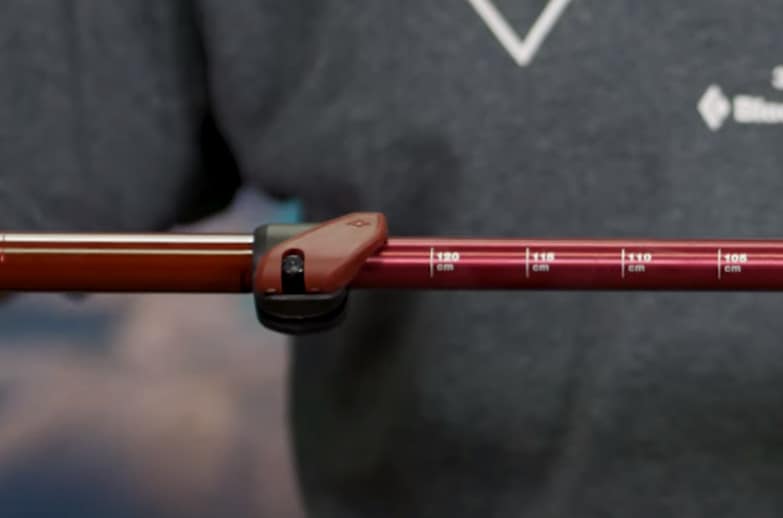
The security of the extendable sections of walking poles at the desired length is very important to avoid slippage when pressure is applied.
An older system, and perhaps still present on some poles in the budget category, is the twist-lock. This works fine, but needs some power in one’s wrists to make sure it is secure. Equally, it can take some strength to undo them to collapse the poles, especially if they have been left extended for some time.
The Lever lock-type is more popular now, and is better, from the viewpoint that it is easier to see when the levers are properly closed. This lock type can also be adjusted to increase lock tightness if necessary.
Grip
All other things being equal or better, natural cork is the best choice. It does a better job of wicking than synthetic materials on those hot hiking days with sweaty hands.
My personal poles don’t have cork grips, but reviews would indicate cork also just feels more comfortable. I have a natural cork desk mat and I like the feel of it a lot, hence can easily believe the good reports about cork grips.
But the synthetics, by way of EVA (ethylene-vinyl-acetate) foam, and rubber grips, are fine too in almost all circumstances. I didn’t have a choice about cork grips with my poles, just standard rubber, and while sweaty if the going is hot, they are fine.
Wrist Strap
Adjustable wrist straps are a standard and important feature on any quality trekking pole. But what does make a positive difference is if the wrist strap is wide, lined with a soft fabric, and is absorbent. The wrist strap is an important load transfer and stability feature between the arms and the poles.
Collapsed Length
Maybe not critical, but it can be important. An example can be when the poles are strapped to one’s backpack and when passing crouched down underneath overhanging branches. It’s very awkward when the extruding pole tops get hung up in the branches. Reversing under those conditions is not easy, and often it needs a helping hand from a hiking buddy to become untangled. So shorter collapsed length is better.
Foldable poles are great if one needs to pack poles inside a backpack or travel case. But there are other compromises with foldable poles, such as reduced overall length adjustability.
As a general rule trekking poles are still not permitted as airline carry-on luggage so no pole type is a safe bet from that viewpoint.
Hence telescopic collapsibility is still the standard and practical choice in most cases.
Price
Unless under the influence of some particular factors not being considered here, a price in the region of US$100 – 120 will procure us a high quality pair of aluminium alloy hiking poles. These should give many years of functional and reliable service if treated with a modicum of respect.
My strong recommendation is better to have no hiking poles than to opt for cheap, low-quality items in the interests of ‘saving’ money.
Many years of experience have proved to me again and again that ‘cheap’ rarely equates to ‘good value’.
One can do without this lesson when one is far from base and dependent on good, reliable equipment for an enjoyable, comfortable, and safe experience.
Less Important Features
Marketers may not be especially pleased about this section, but since commercial interests are not the central point here…..
Shock Absorption
This can be in the form of a spring mechanism built into the pole, or reputedly a natural property of carbon poles.
The argument being that this feature reduces shock passed to the wrists and arms when poles are being planted during walking or running.
There might be some extreme use-cases that I’m not aware of where this argument may have some functional validity. Mountain running on rocky terrain might be one. But not many in our age group are into that. My current, and previous poles, had a spring shock absorber mechanism. This feature can be switched in or out.
However, in all the years I have been hiking and using poles, I have never used, or felt the need to use, this shock absorber mechanism. Superfluous.
To me it’s a marketing differentiator only, not a useful functional feature.
Grip Extensions
I can see the argument for them on steep upward inclines. But my poles don’t have them, and I’ve never felt the need for them, even on the steepest of steep upward inclines.
They can’t be used in conjunction with wrist straps anyway, a more important feature.
And what if our pole slips from our grip while using the extension (without the wrist strap) on a steep upward gradient? Who’ll go fetch it for us if it goes for a tumble down a steep slope? Nope, thank you!
Another marketing differentiator perhaps.
Final Thoughts
Check to make sure the model of walking poles you prefer is available at your source of choice, especially before travelling if you intend to shop in-store. Availability seems to change on almost a daily basis and the alternatives suggested by vendors don’t necessarily hit all the sweet spots one had in mind. Alternatively, some prior research may uncover attractive discounts on models with more up-market features.
Happy hiking!

